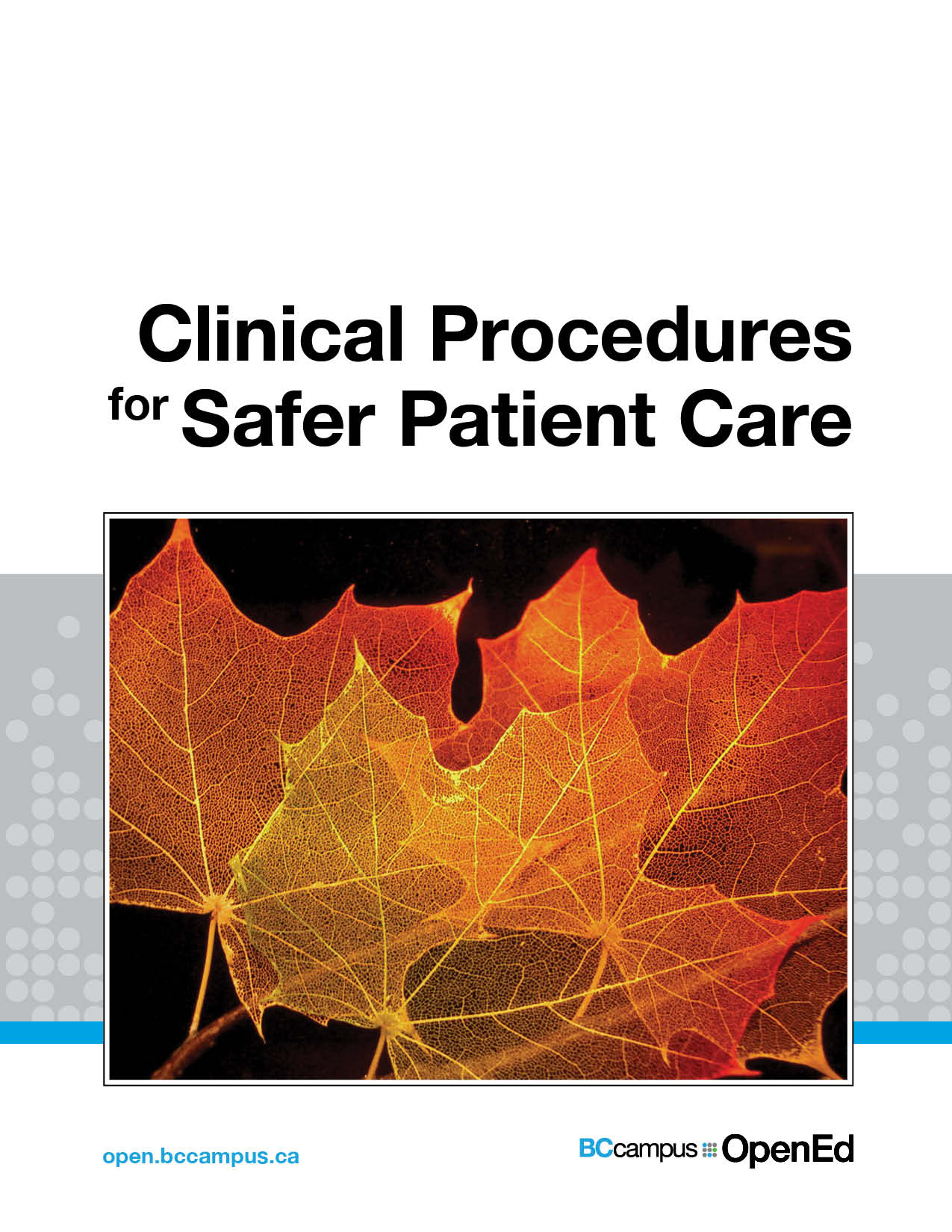
Nhà xuất bản: Project Gutenberg
Thể loại: Y học sức khỏe
Định dạng: Epub
Lượt xem: 3431
Ngày cập nhật: 14/04/2021
Book Description: This open educational resource (OER) was developed to ensure best practice and quality care based on the latest evidence, and to address inconsistencies in how clinical health care skills are taught and practised in the clinical setting. The checklist approach, used in this textbook, aims to provide standardized processes for clinical skills and to help nursing schools and clinical practice partners keep procedural practice current. Each skill/procedure is covered in a chapter that has learning objectives, a brief overview of the relevant theory, checklists of steps for procedures with the rationale behind each step of the process, and a summary of key takeaways. Key terms are set in bold throughout the book and laid out again in a Glossary in the appendix. All 88 checklists are also summarized, and hyperlinked to the original checklist, in the appendix.
Chapter 1. Infection Control
Chapter 2. Patient Assessment
Chapter 3. Safe Patient Handling, Positioning, and Transfers
Chapter 4. Wound Care
Chapter 5. Oxygen Therapy
Chapter 6. Non-Parenteral Medication Administration
Chapter 7. Parenteral Medication Administration
Chapter 8. Intravenous Therapy
Chapter 9. Blood Glucose Monitoring
Chapter 10. Tubes and Attachments